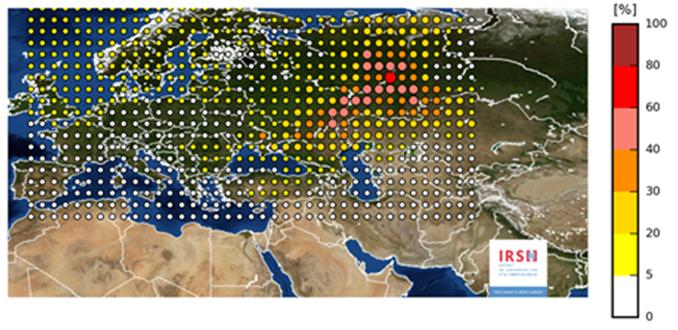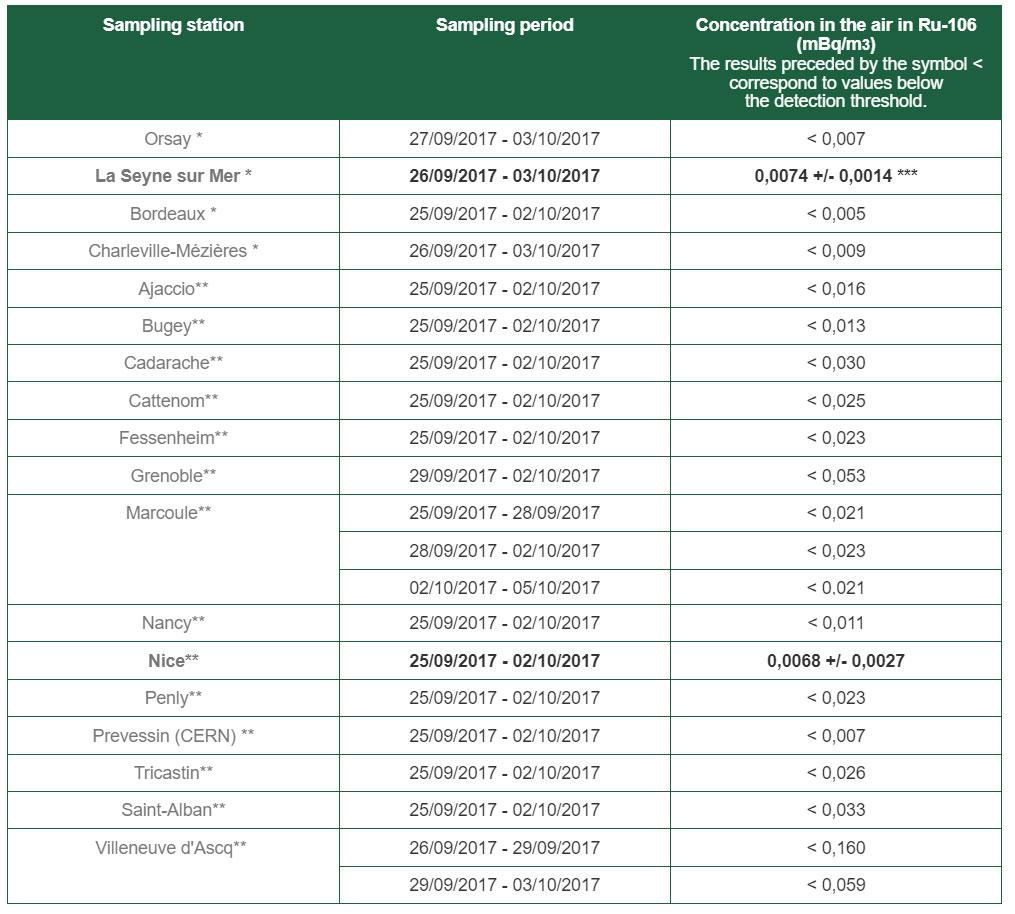Result of the French-Japanese research project Shinrai, the report "The 3/11 accident and its social consequences - Case studies in Fukushima prefecture" analyses post accidental policy in Fukushima prefecture, particularly the questions linked to return or non-return to evacuated towns and villages. The report also compares the concrete experience of the inhabitants and the decision-makers with a number of principles that underlies international post accidental policy and recommendations.
Download IRSN Report 2019/00178: Shinrai research Project: The 3/11 accident and its social consequences. Case studies from Fukushima prefecture
Eight years after the Fukushima Daiichi nuclear accident in Japan, IRSN publishes a report on its social consequences. This research is based on an intensive field work carried out by researchers with inhabitants of the Fukushima prefecture. The Institute investigates this topic within the framework of the Shinrai project, a French-Japanese research program coordinated by IRSN with the participation of Sciences Po Paris and Tokyo Tech.
The framework of this research is inscribed in the field of disaster studies, with a multidisciplinary approach (anthropology, political sciences, sociology) in order to analyze the trust of Japanese citizens towards the government in charge of dealing with the crisis. Between 2014 and 2017, researchers from IRSN and Sciences Po completed 118 interviews during 8 missions of 2 to 3 weeks:
- Inhabitants of the Watari quarter in Fukushima city (60 km from the crippled Fukushima Daiichi nuclear power plant), the town of Naraha and the village of Kawauchi, who were allowed to return or not to their hometown after the lifting of evacuation orders (EOs) by the Japanese government (see interactive map below),
- Government and local representatives to better understand the policy of lifting of EOs after decontamination,
- Non-Profit Organizations (NPOs) or independent experts, who played an important role in informing and supporting the population.
Despite decontamination and the lifting of EOs, the rate of returnees is relatively low. The fieldwork identified six broad categories of inhabitants in relation to their decision to “whether return or not” after the lifting of EOs. This categorization shows the diversity of situations, depending on age, family status - for example, family with children -, commitment to the post accidental policies, confidence in the assessment of radiological situation by government experts.
|
Decision
|
Explanations
|
|
Return and forget/resist
|
They see their return as a relief after a number of relocations and they have no hesitation to come back. This category is primarily composed of seniors settled for several generations in rural areas. They seem to be the least "affected" by the consequences of the accident. They are reluctant to follow the radiation protection advice given by the local authorities because they want to live as much as possible "as before". However, in some families, children and grandchildren have not returned or refuse to visit grandparents.
|
|
Return and control/comply
|
They return after the lifting of evacuation orders. They comply with advice given on radiation protection by local authorities, and the possibility to measure radioactivity plays a key role for this category of inhabitants. They have an overall confidence in the post accidental policies, including the measures taken by the authorities to reduce ionizing radiation.
|
|
Return and worry
|
People who return but who have doubts about the radiological situation. They are not sure of having taken "the right decision", which causes great anxiety. The end of the entitlement to statutory monthly compensation payment one year after the lifting of EOs has been felt as a push from the authorities. Another form of pressure is the need to be "loyal" to their hometown. This category is essentially composed of families with young children.
|
|
Return and commute
|
Some inhabitants come back to work in hometowns while living in the place they were evacuated to. This choice is a source of tension and disagreement with those who have chosen to return "fully". This alternative migratory choice has not been officially recognized by the government or local authority. The government has basically offered only two options to the evacuees after the accident: return with support to restart their lives, or resettle in other places on their own.
|
|
Not returning for the moment
|
They do not return for the moment, but they plan to come back to their hometown at some point in the future. Their evacuation is presented as a (long) parenthesis. Not returning for the moment can be justified by the need to protect children from contamination. A return later can be linked to a later life project of taking care of elderly parents, who have already resettled.
|
|
Not returning ever
|
This category of inhabitants does not plan to come back, ever, to Fukushima prefecture. They have, to a certain extent, made a fresh start, and developed in most cases a deep mistrust towards the authorities. Protecting children from radioactivity explains their decision. A choice that is not always shared within families, resulting in many cases of divorces. Non return has sometimes triggered the sense of citizenship, or even political engagement: some become vocal against the post accidental policy led by the government.
|
The research highlights the role of local elected representatives, in this case the mayors, by showing how they sought to meet both government requirements and the wishes of their constituents. It also addresses the ethical dilemmas that politicians, authorities and government experts have faced: is it legitimate to reassure the population at all costs? How to decide when the interests of the inhabitants question the notion of "community" conceptualized as a homogeneous set of persons?
The report concludes by comparing concrete situation in Fukushima with a number of principles that underlies international post accidental policy and recommendations. This report identified three ways to fuel the reflections in the French and international bodies in charge of managing the post accidental phase:
- The attachment of the inhabitants to their hometown, observed after the Chernobyl accident, was not verified in Fukushima. However, this is an assumption underlying post accidental policy, as noted in Publication 111 of ICRP, the international body responsible for radioprotection recommendations. The decision of the Japanese government to "reconquer" the territories by entrusting their decontamination to private companies is appreciated by those who wish to return, but denounced by those who would have preferred that the money be invested otherwise (allowing a final relocation for example).
- The commensurability of radiological risk with other risks (tobacco, alcohol or natural risks specific to Japan). This rationale is recurrent in the discourses of radiological protection but shows some limitations in the aftermath of the Fukushima nuclear accident. While this principle is acceptable to some inhabitants, it is radically dismissed by others, who cannot put in balance the health of their children or accept this “balanced” approach.
- The designation of zones as a tool for radiation protection of populations. This pillar of Japanese post accidental policy was based on the international regulation and recommendation framework established by ICRP and IAEA. However, zoning choices have been questioned, including their definition based on the level of radioactivity measured or estimated for the future.
Download IRSN Report 2019/00178: Shinrai research Project: The 3/11 accident and its social consequences. Case studies from Fukushima prefecture
About the Shinrai project
Shinrai ("confidence", in Japanese) is a French-Japanese research project started in 2014. Led by IRSN with the participation of Sciences Po Paris and Tokyo Tech, it aims to investigate the decision making methods used by authorities following the accident and their impact on the population.
The project studies the role of public authorities, their trustworthiness (ability to meet the confidence of citizens) and their accountability (ability to account to their own decisions), including in a context when scientific data alone do not allow to proceed and legitimize decisions.







